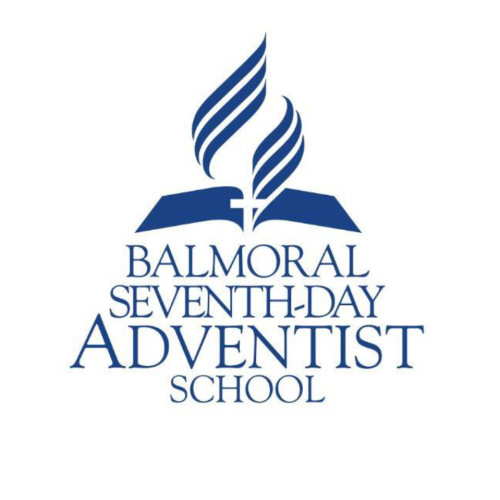
Older and Wiser
Tuakana Whā (Room 4 seniors) have started the school year running! From persuading neighbours to come to church, to making "Jumokbap" (Korean rice balls), to explaining the functions of different parts of a cell, ākonga (students) have worked hard at their learning this term.
Class Contract
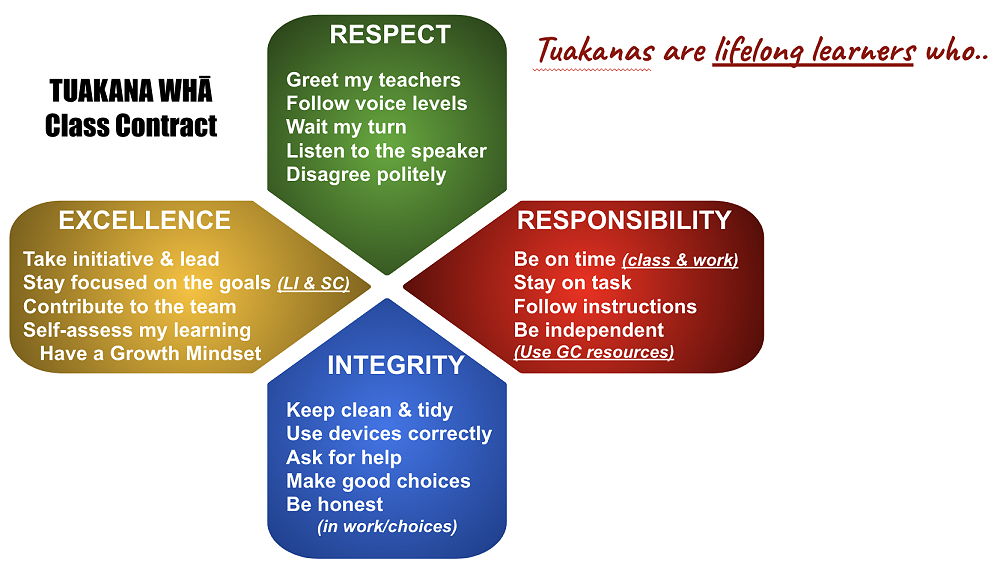
After several group and class discussions on different ways to show the school values of Respect, Responsibility, Integrity, and Excellence at school, Tuakana Whā have created a set of expectations for their own learning and behaviour in a Class Contract. In the morning, students set one expectation for themselves and focuses their learning and behaviour on it for the day. At the end of the day, they reflect on how well they met their own expectations. Parents are welcome to adopt these expectations at home so your child can continue to show Respect, Responsibility, Integrity, and Excellence anywhere they are! By Mrs Ryu
MATHS
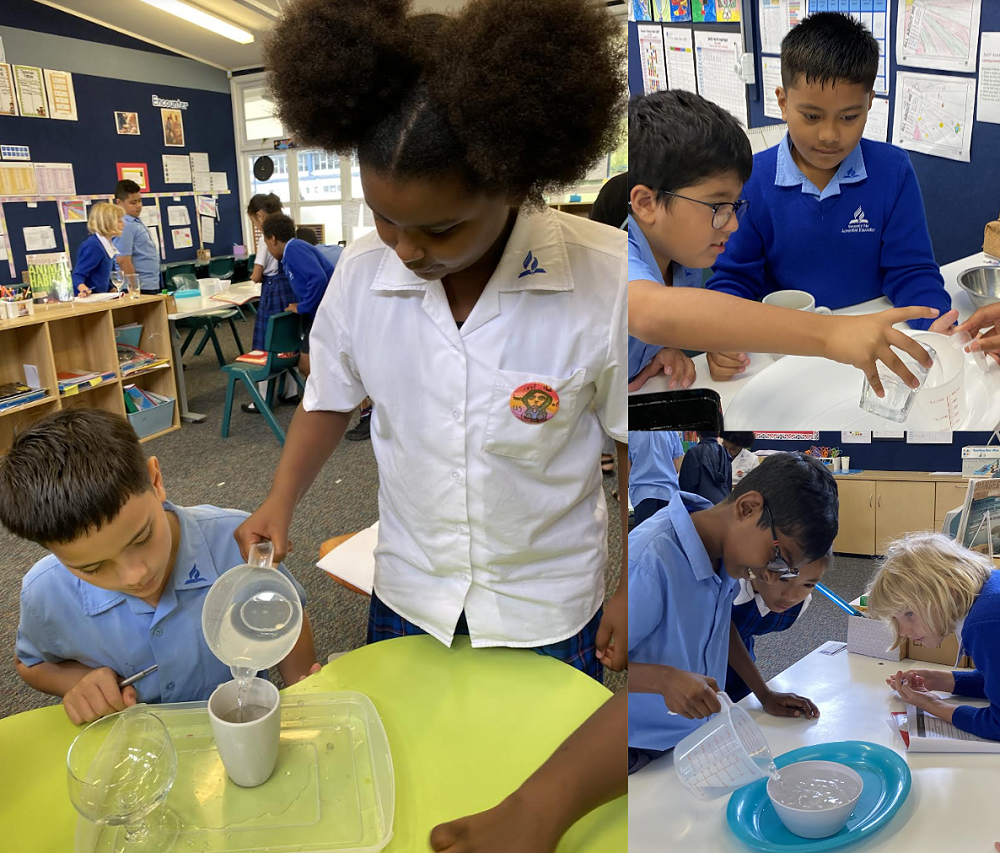
This term, Tuakana Whā learned that area can be calculated by multiplying the length and width of a 4-sided shape. Tuakana Whā also learned about how to measure easy ingredients like oil, water, flour, chocolate chips, and much more!
Tuakana’s also learned to estimate the volume of water in a contained and measure the volume using measuring cups and spoons
Tuakana’s are lifelong learners. By Bonaya
FOOD TECHNOLOGY
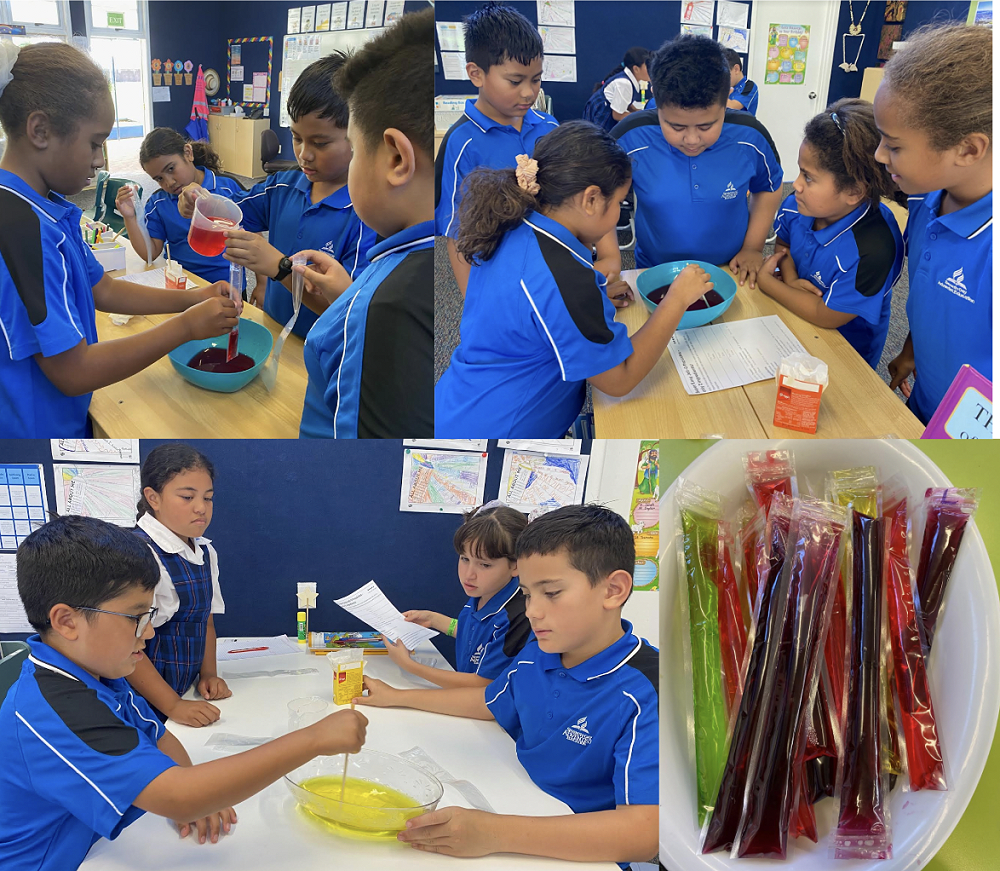
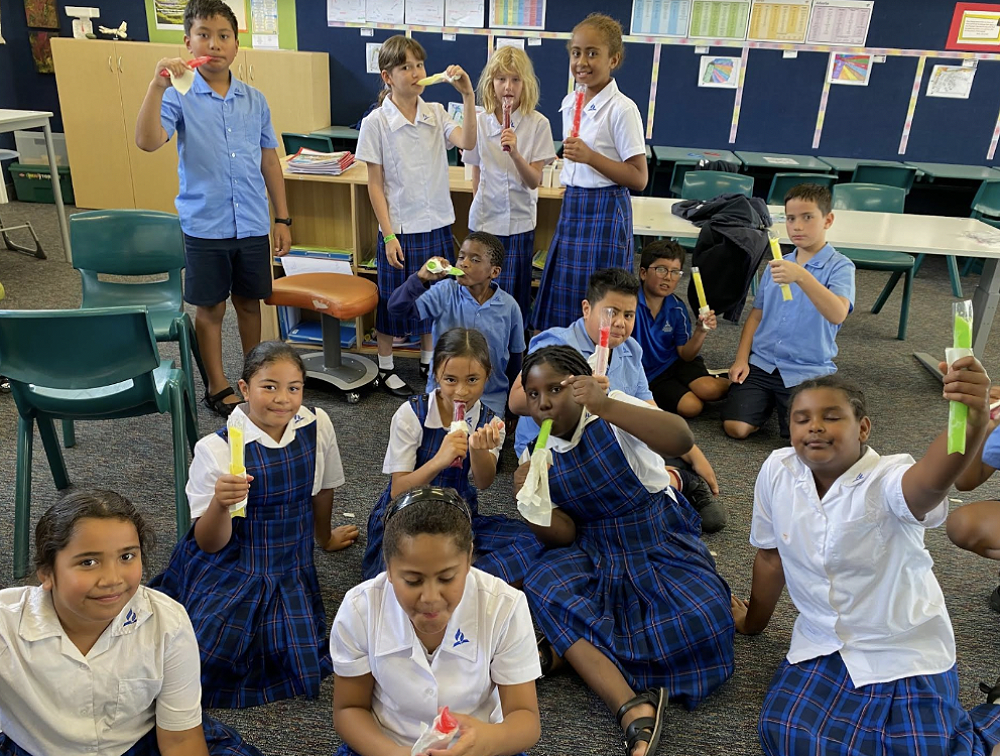
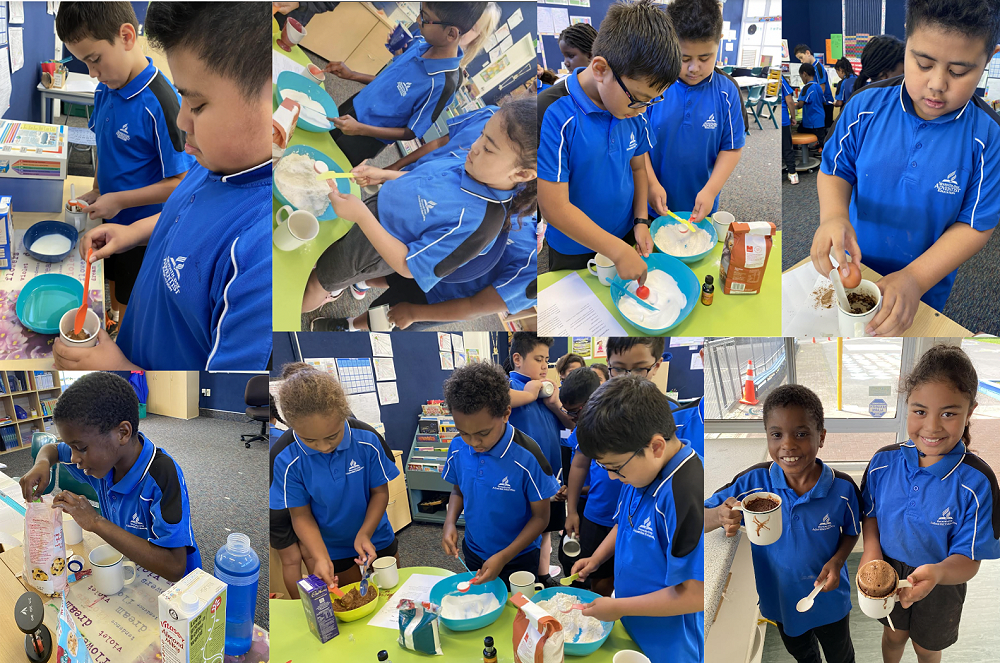
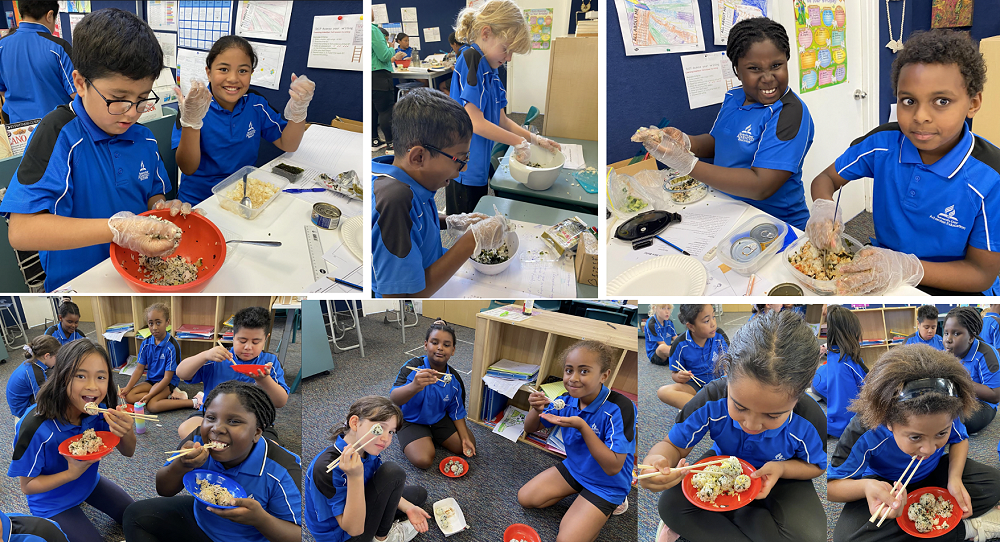
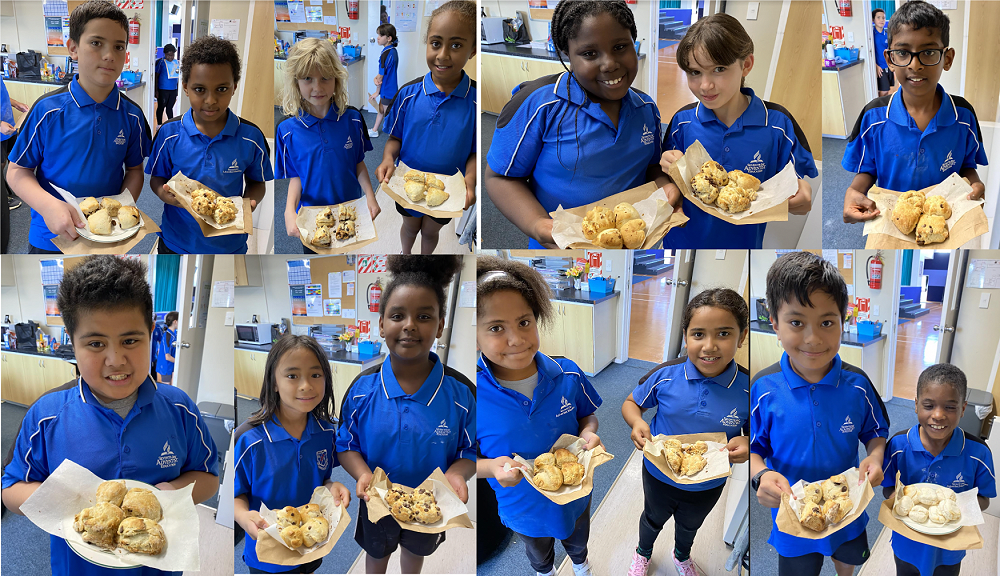
In term one so far,Tuakana Whā have been learning about how to make food, in food technology. So far, we have learned how to make delicious Scones, Jumokbap (Sushi rice balls), mug brownies and jello popsicles! We also learned how to use chopsticks when we were finished making our Sushi Rice Balls! The mug brownie recipe involved cooking in a microwave, so we had to learn to be very careful when the mug cake came out of the microwave. Mug brownies were one of the fastest baking we have ever seen!
We followed special recipes that our teacher Mrs Ryu made for us. Mrs Ryu wanted too teach us cooking so we can learn to do these new recipes at home! It gives us some sense of what cooking and baking is like.
We are very passionate about about cooking and baking because, it teaches us how much hard work it takes to make the food we eat everyday. It also teaches us how creative we can get with delicious recipes like these. We feel very grateful that our teacher took time to make these recipes and buy all the ingredients just to teach us something she is passionate about. We hope that we can do this more often in the future, we feel very happy to learn all these things, and enjoy time with our friends.
All our recipes required us to be very careful which teaches us that hard work pays off at the end. By Adi Lili & Olit
VISUAL ARTS
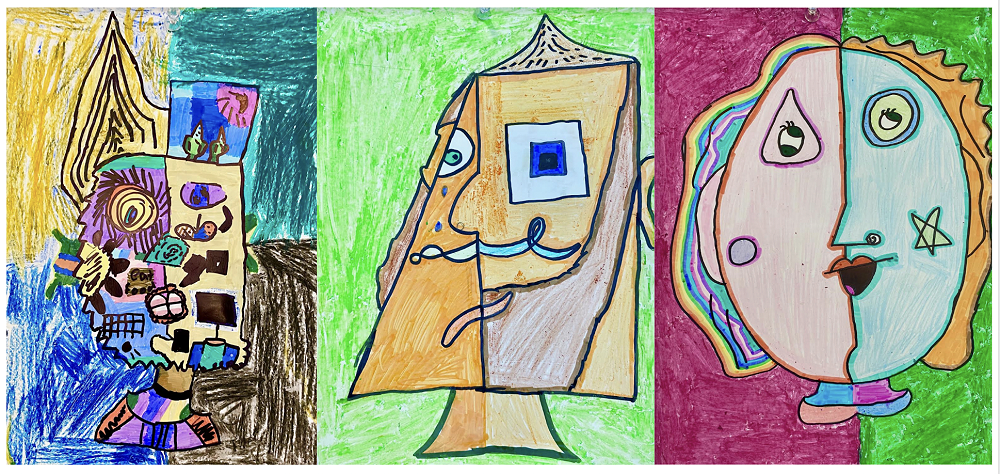
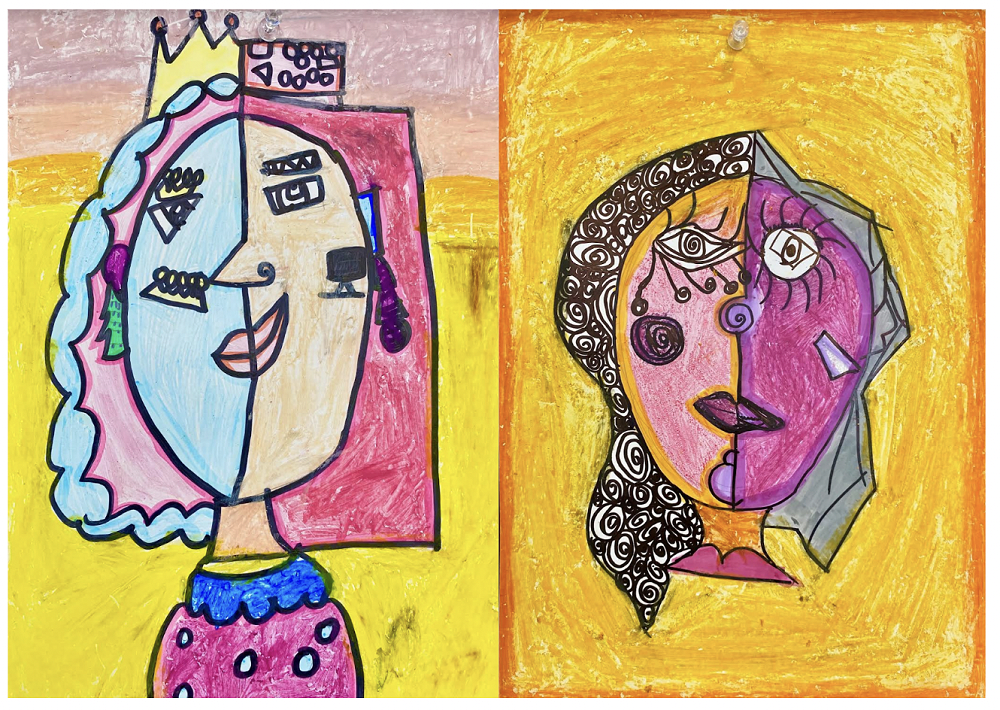
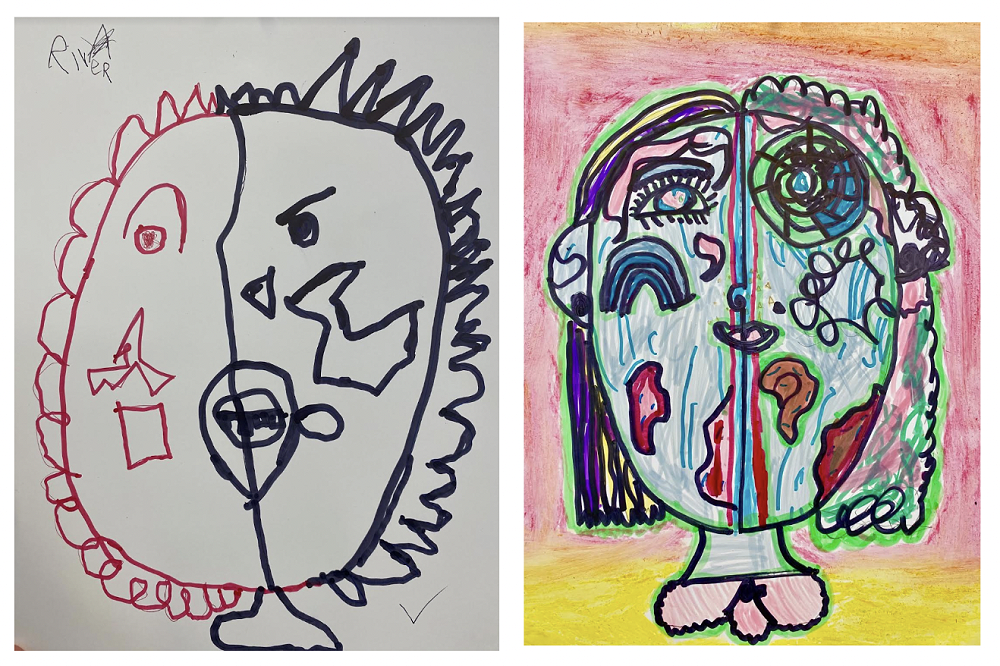
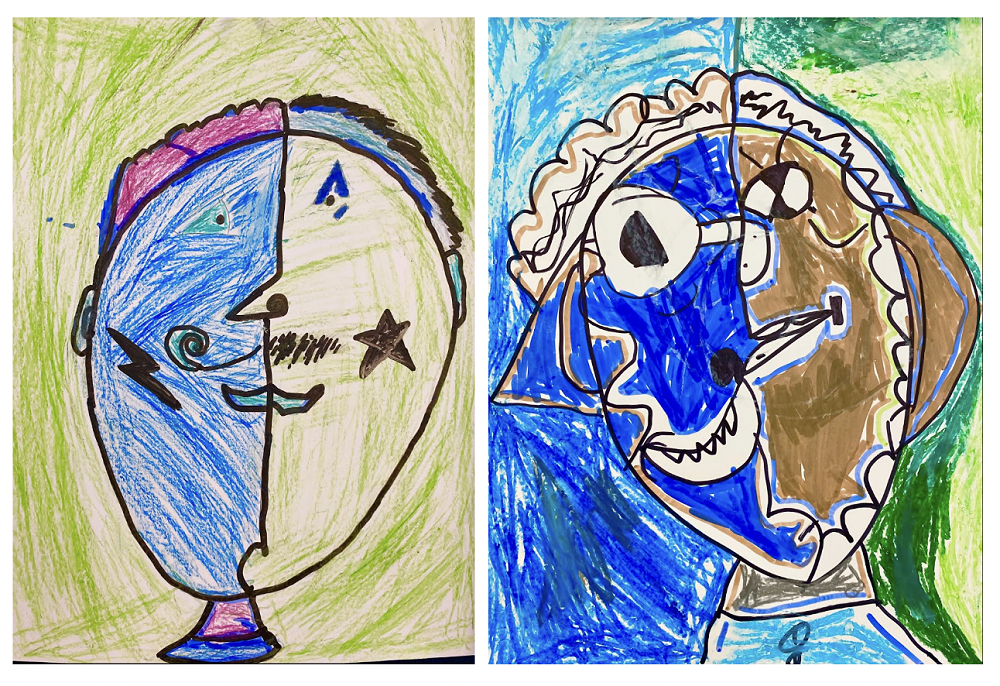
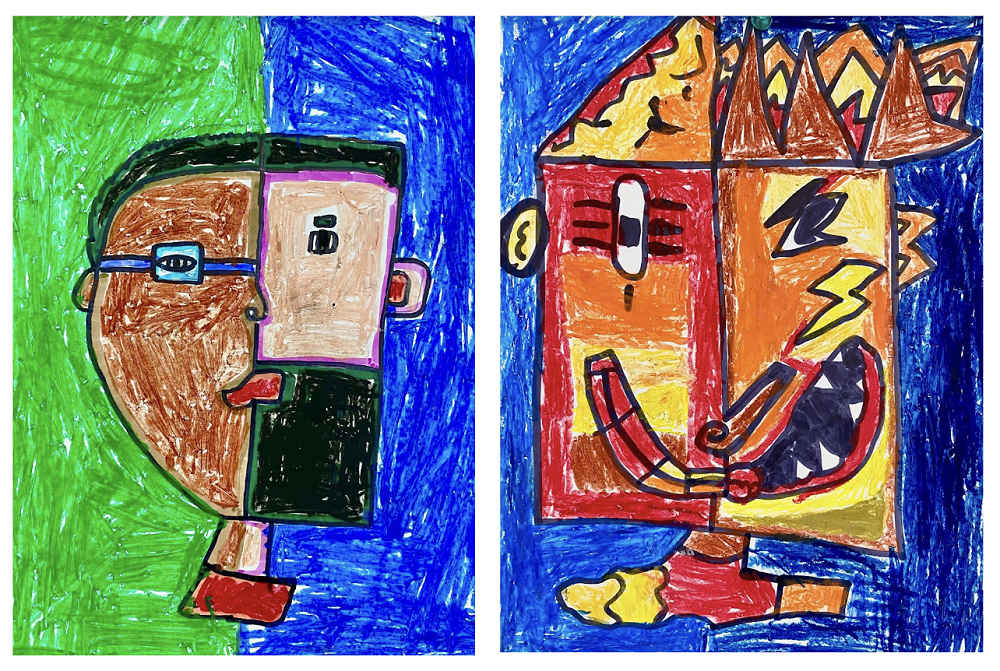
Tuakana Whā learned how to do abstract art in Picasso style. We learned that Picasso portrait art isn’t any ordinary art because it looks better from an angle! Tuakana Whā also did some research about arts and crafts from their ancestral cultures. By Toamata
SCIENCE
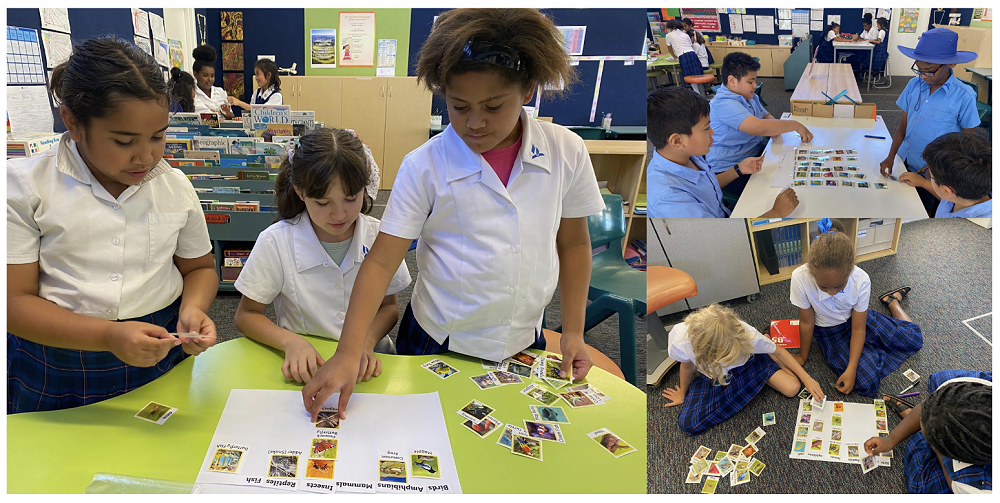
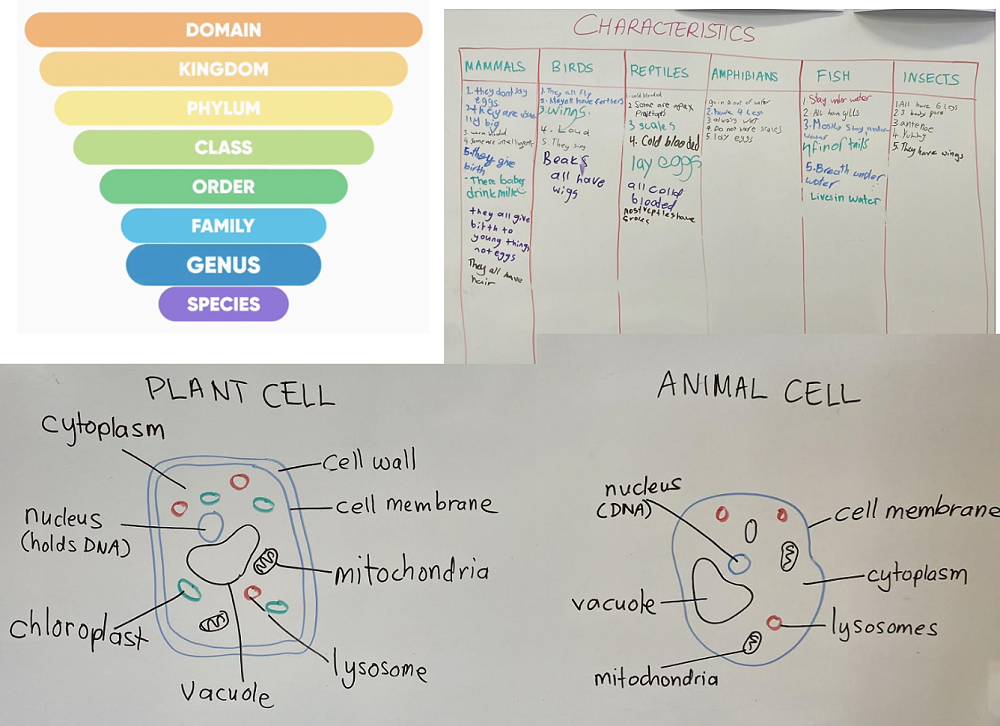
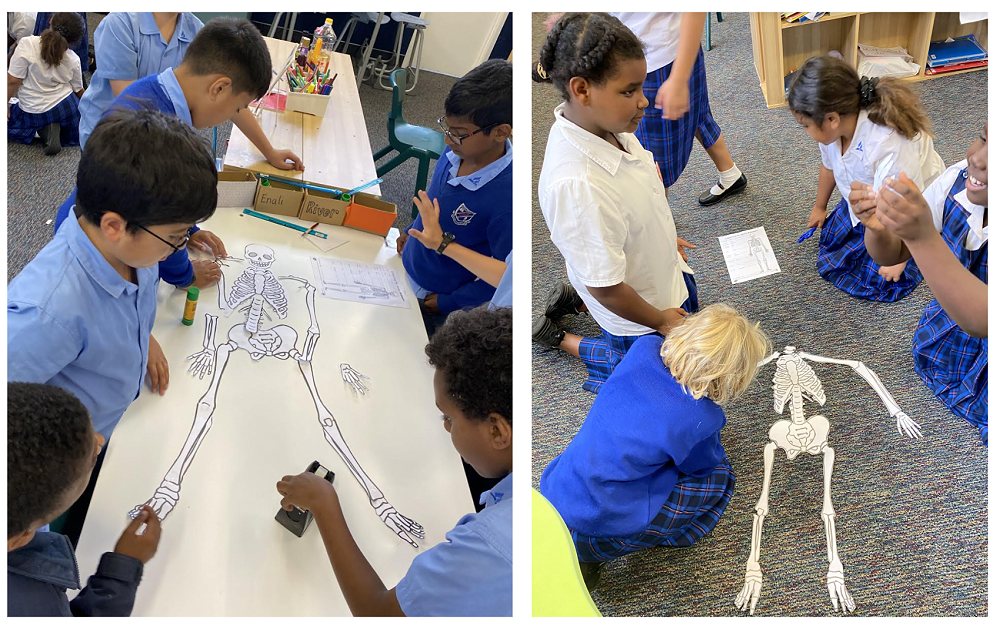
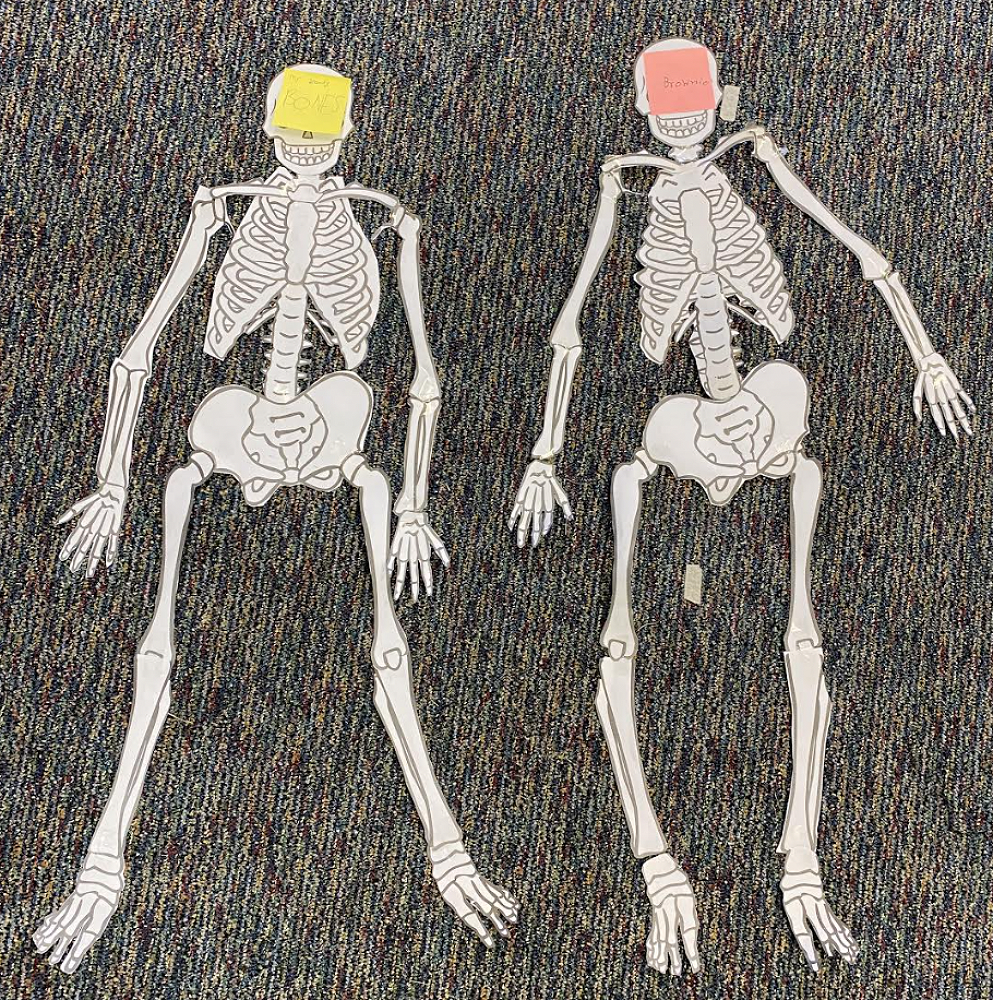
This term for science, Tuakana Whā has been learning about the skeletal system, classification of living things and Identifying the parts of cells. In these pictures Tuakana Whā learned about living things, especially how animals are grouped according to shared traits. We learned that cells make up living things which can be classified in groups. Here are some feedback from our classmates about our learning in Science: Lili said “I like science because I learned something new and I liked the skittles experiment”. Enali said “I like science because it is interesting and my favourite part about science is making the skeleton diagram”. By Bevan & Student M
